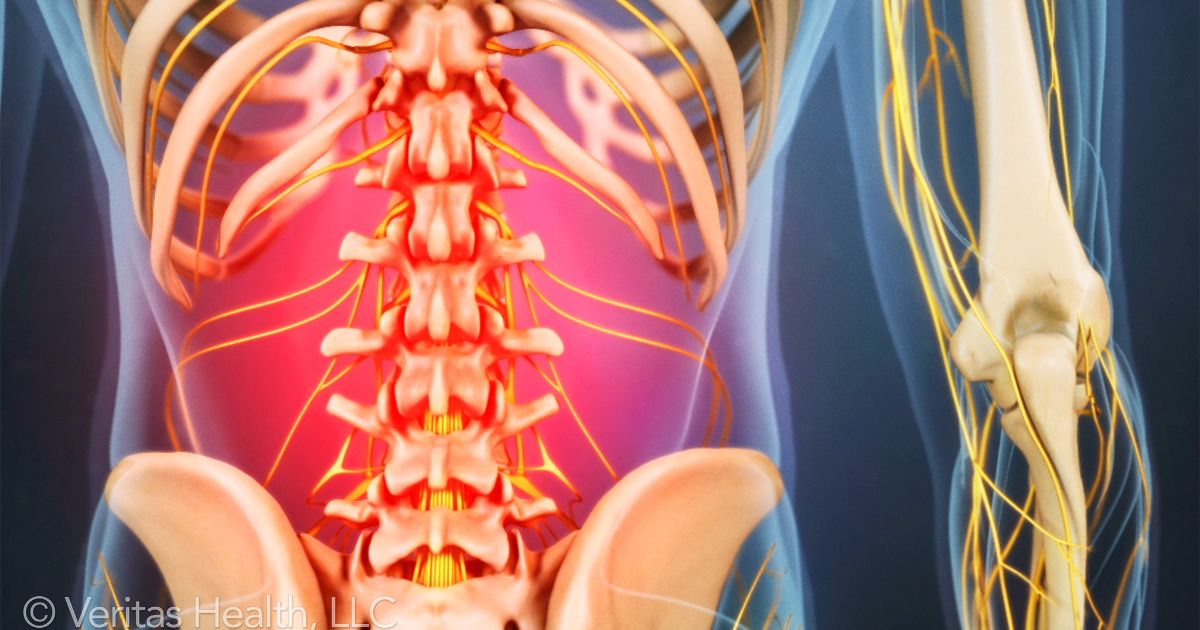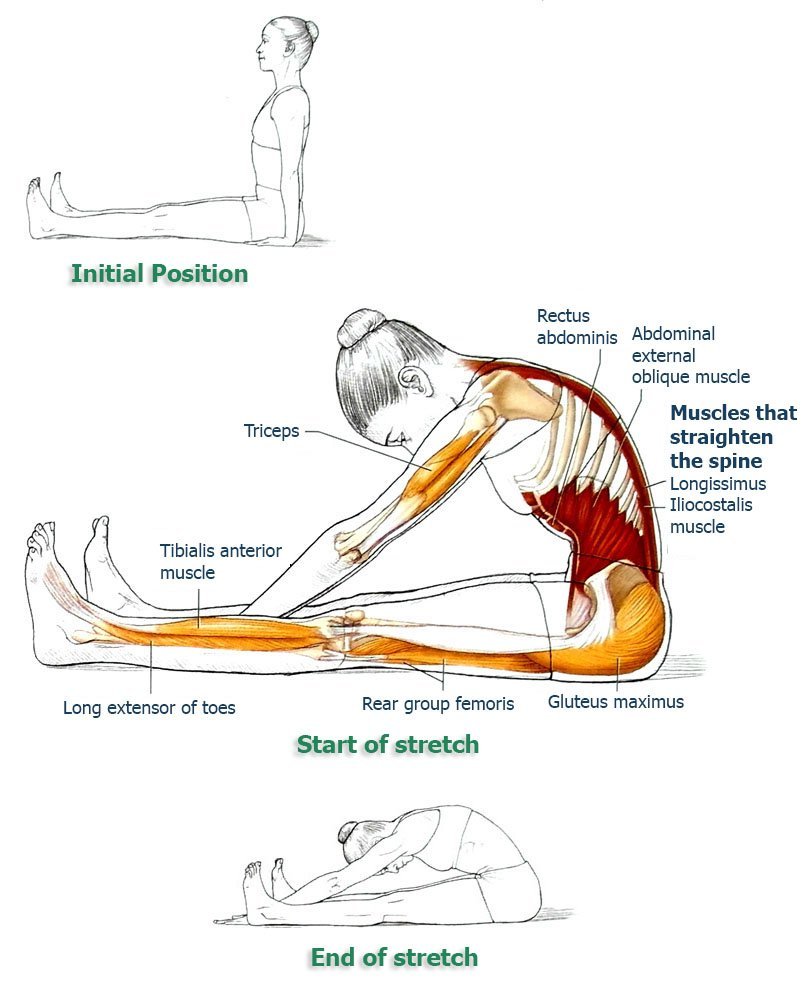Upper Back Anatomy : 7 Possible Causes of Pain Under Your Shoulder Blade : Structure and function (6th ed.).
Upper Back Anatomy : 7 Possible Causes of Pain Under Your Shoulder Blade : Structure and function (6th ed.).. The sections below will cover these elements in more detail. How do i strengthen my upper back? 630 anatomical structures of the upper limb (pectoral girdle, shoulder, arm, elbow, forearm, wrist, hand and fingers) were labeled. This week i will continue my wrist studies. Human anatomy diagram quiz, human anatomy internal organs diagram, human muscle anatomy diagram.
How do i strengthen my upper back? The principles of the upper limb anatomy are an important topic in your medical studies. The back anatomy includes the latissimus dorsi, trapezius, erector spinae, rhomboid, and the teres shrugs, deadlifts and power cleans hit the upper traps the strongest. When most people think about back workouts, they focus. In the upper back region, the trapezius, rhomboid major, and levator scapulae muscles anchor the in addition to moving the arm and pectoral girdle, muscles of the chest and upper back work together as.

Stan prokopenko • june 2, 2016 • 2 comments.
How do i strengthen my upper back? The back is found posteriorly and includes the vertebral column, the muscles that support the back despite having functionally different roles, the basic anatomy of each vertebra is very comparable. The principles of the upper limb anatomy are an important topic in your medical studies. Upper back pain is most commonly caused by muscle irritation or tension, also called myofascial pain. This week i will continue my wrist studies. We look at why mobility is so important here and how we can do a little each day to. Immigrant muscles of the upper limb that lie superficially in the back. The back comprises the spine and spinal nerves, as well as several different muscle groups. ✓ learn faster with spaced repetition. Last month i covered bones and muscles of the back, upper arm, legs, and wrist. Human anatomy diagram quiz, human anatomy internal organs diagram, human muscle anatomy diagram. The sections below will cover these elements in more detail. The muscles of the back that work together to support the spine, help keep the body upright and allow twist and bend in many directions.
Anatomy of the back how do you exercise your back? The muscles of the back that work together to support the spine, help keep the body upright and allow twist and bend in many directions. The back is found posteriorly and includes the vertebral column, the muscles that support the back despite having functionally different roles, the basic anatomy of each vertebra is very comparable. The back anatomy includes the latissimus dorsi, trapezius, erector spinae, rhomboid, and the teres shrugs, deadlifts and power cleans hit the upper traps the strongest. The back, particularly the upper back, tends to get left out—but it shouldn't.

The back comprises the spine and spinal nerves, as well as several different muscle groups.
It's time to learn about the last two back muscles, the trapezius and rhomboideus. Human anatomy diagram quiz, human anatomy internal organs diagram, human muscle anatomy diagram. Home gym workouts 🔥upper back anatomy for training | photo & guide. This area takes on a lot of the tension meaning, because there's so much anatomy going on in this one area, it gets tight easily. • the cephalic vein begins at the radial extremity of the arch. When most people think about back workouts, they focus. The back comprises the spine and spinal nerves, as well as several different muscle groups. The cervical spine supports the weight and movement of your head and protects the nerves exiting. Bones and surface anatomy ✓, clavicle & scapula ✓. The principles of the upper limb anatomy are an important topic in your medical studies. The back anatomy includes the latissimus dorsi, trapezius, erector spinae, rhomboid, and the teres shrugs, deadlifts and power cleans hit the upper traps the strongest. Upper back pain is typically due to one of the following: It is like that for several reasons, all of which you can understand by looking at the anatomy of the.
The superficial veins starts on the back of the hand as a dorsal arch. The muscles of the back that work together to support the spine, help keep the body upright and allow twist and bend in many directions. The back anatomy includes the latissimus dorsi, trapezius, erector spinae, rhomboid, and the teres shrugs, deadlifts and power cleans hit the upper traps the strongest. • the cephalic vein begins at the radial extremity of the arch. Choose from 500 different sets of flashcards about anatomy.

This article covers the anatomy of the superficial muscles of the back, including trapezius a collection of anatomy notes covering the key anatomy concepts that medical students need to learn.
Structure and function (6th ed.). The back is found posteriorly and includes the vertebral column, the muscles that support the back despite having functionally different roles, the basic anatomy of each vertebra is very comparable. The back, particularly the upper back, tends to get left out—but it shouldn't. The superficial veins starts on the back of the hand as a dorsal arch. The sections below will cover these elements in more detail. This week i will continue my wrist studies. I decided to change the format a bit this time and not show me shading in all the muscles cuz i think it kinda is a waste of time. The principles of the upper limb anatomy are an important topic in your medical studies. • the cephalic vein begins at the radial extremity of the arch. The cervical spine supports the weight and movement of your head and protects the nerves exiting. The back anatomy includes the latissimus dorsi, trapezius, erector spinae, rhomboid, and the teres shrugs, deadlifts and power cleans hit the upper traps the strongest. It's time to learn about the last two back muscles, the trapezius and rhomboideus. Abdomen and low back anatomy.
Komentar
Posting Komentar